What is HL7? – The Best Tutorial for Beginners [2025]
HL7 is a set of clinical standards developed by healthcare information standards organizations. It consists of several parts or profiles.
Overview, Introduction to HL7
HL7 stands for Health Level Seven, and the framework defines how messages are packaged and transported in clinical systems. HL7, meaning in healthcare, an HL7 message is a group of octets transmitted as a unit from a source to a destination. The message type determines the purpose of the note, the content, and the kind of content.

What is HL7?
HL7 stands for Health Level Seven. It’s a collection of rules governing how hospitals and other medical facilities should handle patient data.
The information that HL7 provides allows for better communication. It also provides a framework for integrating electronic health records (EHRs) and patient care information.
They define the information structure and how it should be collected.
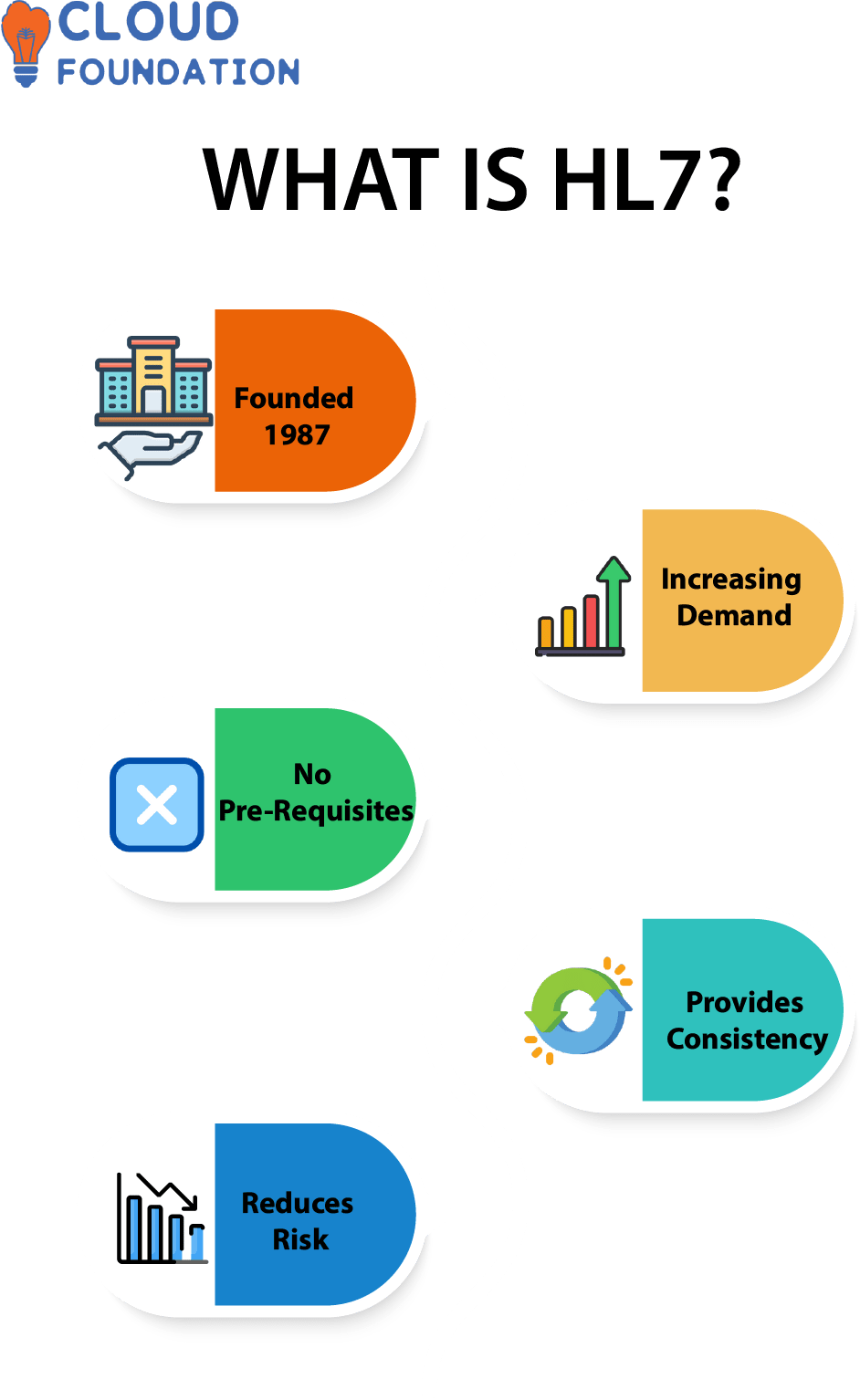
What is HL7 Data?
It also provides a language for communication between disparate medical software. Health Level Seven International initially developed this framework. This non-profit organization creates standards and guidelines for healthcare systems.
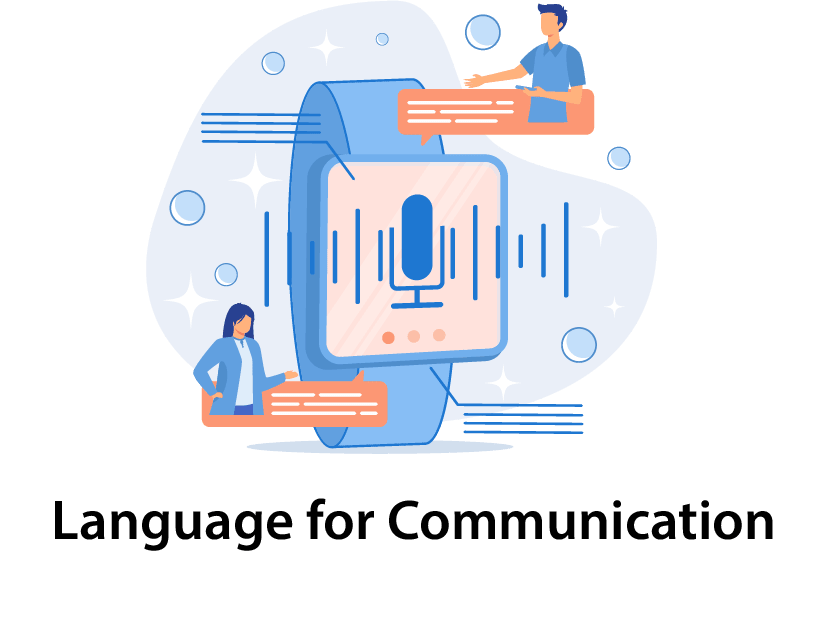
These companies use the standards to create interoperability between their products.
HL7 data model is used in electronic health records (EHRs).
This HL7 data model consists of fields mapped to the underlying data elements.
HL7 data structure Segments are assembled to form the HL7 message. A segment ID is a unique three-character code used to track individual segments. The segment IDs in the message header indicate the segment’s information. Each message type has a different purpose.
HL7 data transfer is the most commonly used standard in healthcare data exchange.
“Connecting Healthcare Through Standardized Data Exchange”
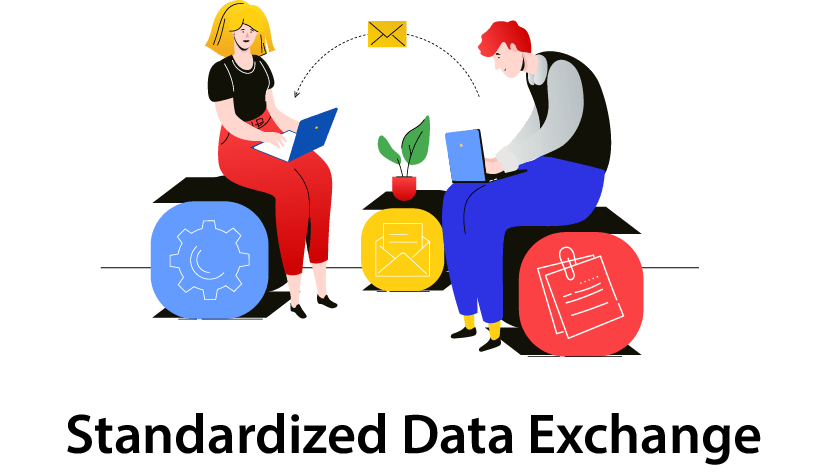
HL7 Definition or Define HL7
By using HL7, healthcare organizations can connect their software and systems, allowing data to flow between them.
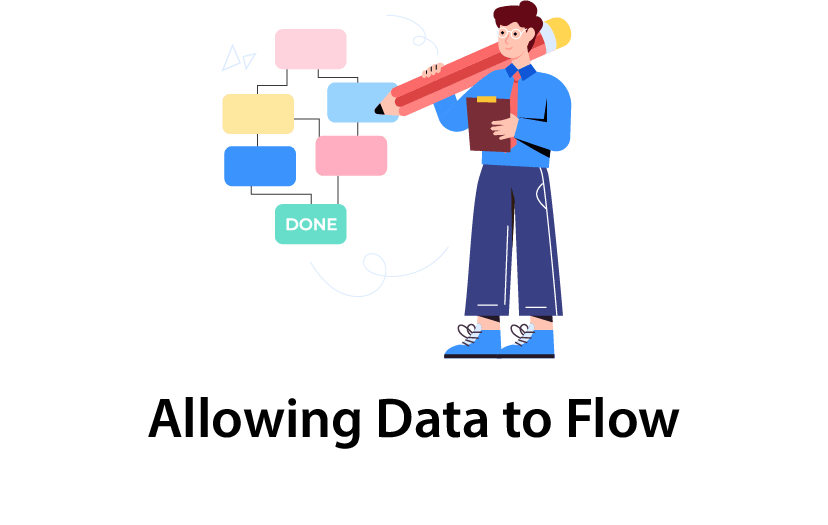
This is a collection of data fields and message format specifications. Organizations that use HL7 include government health systems, private clinics, doctors, pharmacies, medical research facilities, and health insurance companies.
What does HL7 do, and what is HL7 used for?
HL7 is a machine-to-machine protocol that helps healthcare organizations exchange information.

It focuses on the communication needs of patients, medical professionals, and administrative staff.
Also has proven itself over the years, and it’s commonly accepted in the healthcare industry. It’s a standard framework that provides a structure for messaging in the healthcare industry.
USES OF HL7-

It can standardize data definitions, transport methods, and messaging formats, allowing for data exchange and integration across all systems.
It can also be used for clinical care. Clinical care is a primary use case for HL7 because it describes how data about a patient should be organized from a clinical perspective.
Message transport between disparate clinical systems Interoperability between healthcare organizations Integration with external services
It also provides a language for communication between medical software and a framework for building medical applications.
Bridge between the medical world and the internet.
Why use HL7?
To define a common language that can be used to exchange data between disparate systems.
The HL7 standards allow for the interoperability of healthcare information systems and data exchange between healthcare providers.
They also provide a framework for implementing interfaces between various healthcare applications.
They offer national and international support as a non-profit organization that develops and maintains clinical and administrative health data standards.
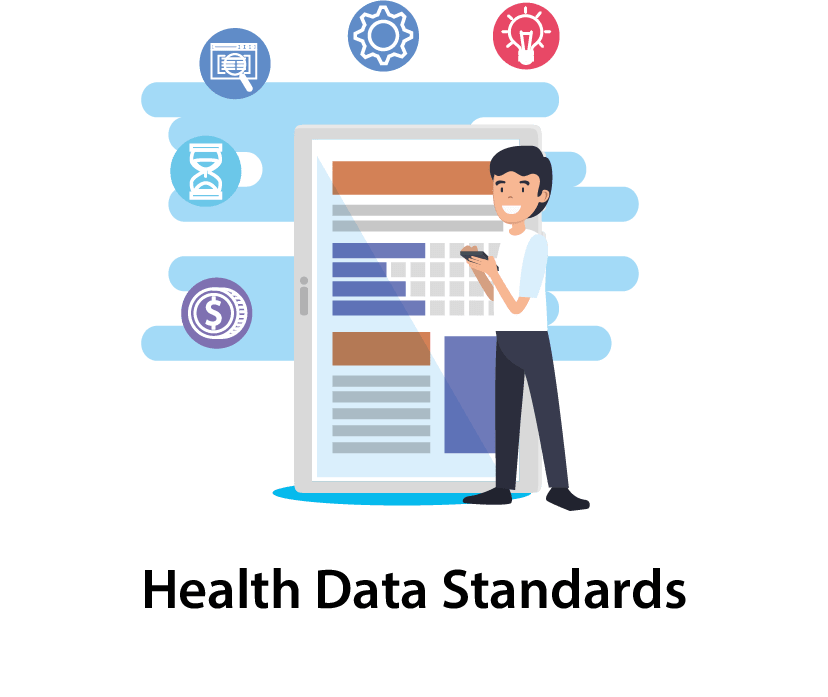
How does HL7 work?
To share medical records electronically, HL7 serves as the de facto standard. It accomplishes its goals by standardizing the information sent between computers. Information such as medical histories, laboratory findings, prescriptions, and more fall under this category.
Fields and components comprise the data transmission units, called segments. The areas and features offer context for the data, and each part has a distinct purpose.
The receiving system will use that to determine the data’s meaning and how to utilize it.
Why HL7, and what are the pros of HL7?
HL7 is a commonly used communication protocol that offers many pros.
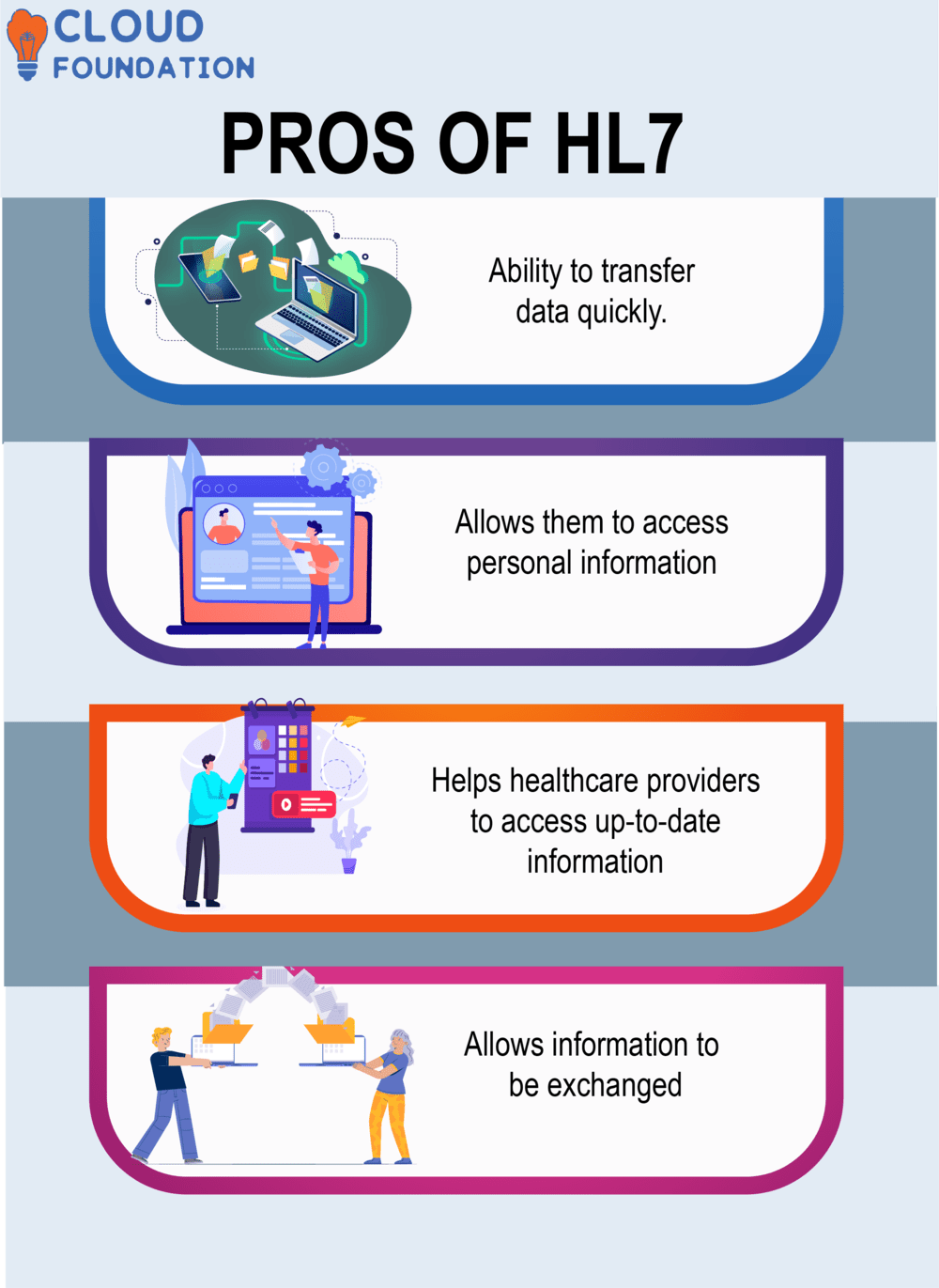
HL7 benefits are –
Ability to transfer data quickly between various healthcare providers, fast data transfer, and good interoperability.
Data sharing can benefit patients by allowing them to access their personal information from multiple healthcare providers.
It also helps healthcare providers to access up-to-date information and stay on top of the latest practices. Interoperability is another benefit of HL7.
It also allows information to be exchanged with patients and the public, who can access it through a standard interface.
What is HL7, and How to use HL7?
HL7 is a standard developed and maintained by the healthcare information technology standards organization (hitechcag-7). HL7 allows for the electronic exchange and retrieval of health information between various medical care providers.

It is designed to provide a framework for implementing different healthcare information systems (HISs) and promote interoperability between existing HISs.
Provides a mechanism for healthcare information systems to exchange and integrate data—benefits of using HL7 in m & h projects.
How to use HL7?
Install HL7-compatible software, then install an application that supports HL7 communications. This might be Open EMPI, the open-source patient data management software.
After installing software, generate an HL7 message. This message includes a patient’s name, birth date, and medical history.
Send the HL7 message: After creating the news, send it. Email, FTP, or online services are options.
Receive the HL7 message: The receiver may change their records after receiving it.
Evaluate the HL7 message: Lastly, check the news for accuracy and proper transmission. Manually or using HL7 message-reading software.
HL7 for Dummies is a comprehensive guide to the Health Level Seven (HL7) standard. It provides an introduction to the HL7 standard and its uses, an overview of the different versions of HL7, and step-by-step instructions for implementing HL7 systems.
HL7 interfaces are also known as healthcare integration tools or healthcare application adapters.
Features of HL7
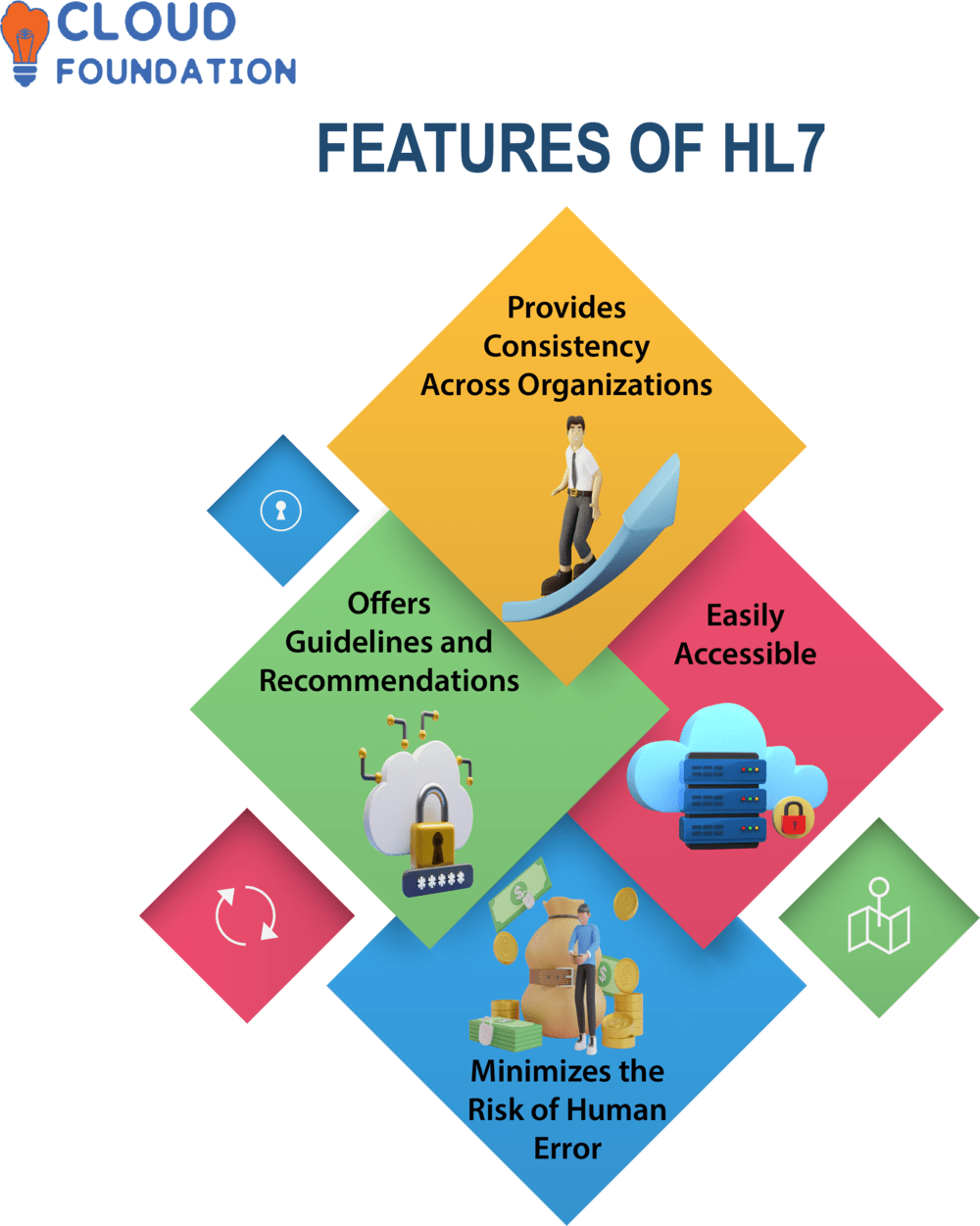
It provides consistency across organizations in how clinical information is exchanged.
It offers guidelines and recommendations to help organizations build compliant interfaces.
To access the data, use software that is familiar and compatible with the other systems.
Reduces the need to learn HL7 interface new software and the cost of training personnel to use the system.
It minimizes the risk of human error when information is entered repetitively in different scenarios.
HL7 for beginners: HL7 basics tutorial
What does HL7 mean in healthcare?
Provides a set of standard procedures that organizations use to transmit electronic health information from one entity to another. Health Level Seven (HL7) is a healthcare information standard.
What is HL7 in health information systems?
Health Level Seven (HL7) is a set of standards incorporating file communication in the healthcare industry. Accessible to a framework for efficient and effective data exchange between various healthcare providers.
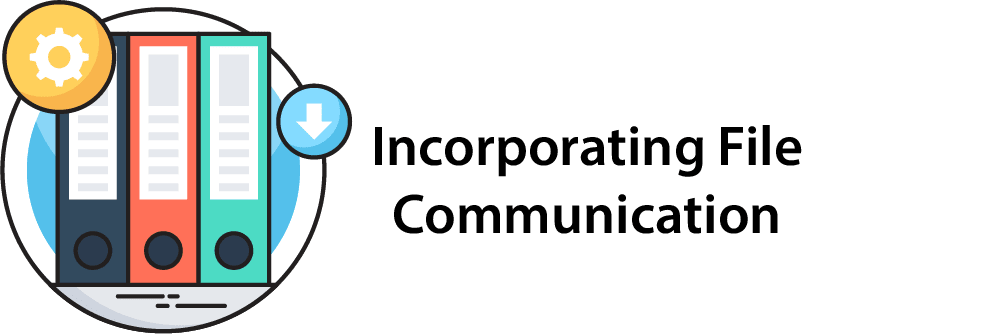
These standards allow healthcare systems to have a uniform method for data exchange regardless of who is using the software or what system they are connected to.
What is an HL7 Interface?
HL7 interfaces act as a gateway between healthcare systems and providers. They allow healthcare information to be exchanged between different applications and different designs.
An HL7 interface is defined as software connecting different healthcare systems and applications. It the communication between two various applications or systems.
What is HL7 interface in healthcare?
HL7 interface is a standard way to communicate between healthcare software and hardware. It defines how data is exchanged between software and medical devices.
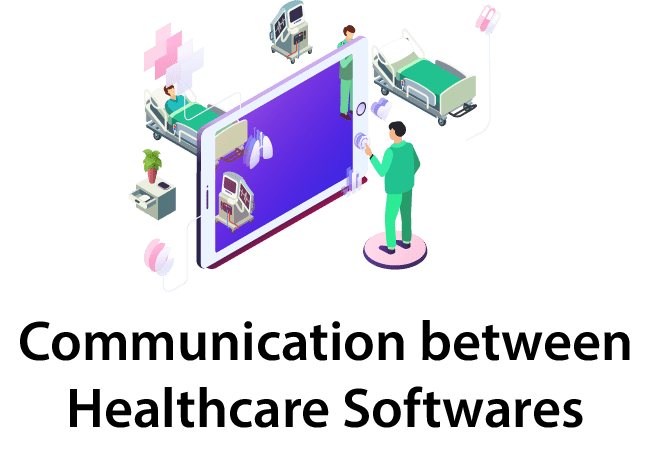
An HL7 interface tutorial enables communication between clinical applications and healthcare devices.
HL7 interface testing is a network of standards that connects different systems and software applications in a healthcare organization.
Types of HL7 Interfaces
The different types of HL7 messages are:

ADT – ADT messages transmit administrative data such as patient admittances or discharge.
AIP messages transmit application information, such as a patient’s lab results.
CCI – CCI messages transmit clinical information such as ICD-10 diagnosis codes.
CDE – CDE messages transmit clinical documents such as EKG and X-ray reports.
DFT – DFT messages transmit financial information such as charges and insurance.
DRM – DRM messages are used to transmit clinical research data.
FLT – FLT messages transmit an event type, such as a patient’s visit.
GLB – GLB messages share an event, such as a patient’s discharge.
MSH – MSH messages transmit medical texts such as observations and reports.
NCH – NCH messages are used to transmit patient admissions and discharges.
Uses of HL7 Interface:

Endpoint configuration: An endpoint definition file can be used to configure an endpoint for communication with other systems.
Application programming interface: An application interface definition file can be used to describe the programming interface that will be used by an HL7-compliant application to communicate with an endpoint.
Interoperability: An interoperability interface definition file can be used to define the channels used for communication between two or more systems participating in a messaging exchange.
HL7 Interoperability
The HL7 standard provides a framework for exchanging electronic healthcare data between disparate systems.
It accomplishes this by defining a standard data model and a structure for encoding data. An HL7 message consists of one or more segments in a particular sequence.
Each segment has a three-character identifier called a segment ID.
HL7 interoperability definition
It was created as a standard incorporating data types, fields, and communication protocols for exchanging health-related information.
However, a set of interoperability standards enable the exchange of electronic healthcare data between different systems in different organizations.
HL7 Data types
Health Level Seven International (HL7) is a standards development organization that creates interoperability standards for healthcare information systems.
HL7 standards include data types, which describe how specific pieces of data are stored in a particular format.
HL7 Data Integration
HL7 is primarily used to exchange health information between different healthcare providers.
Clinical standards define how clinical data should be captured, processed, and exchanged.
It includes means for encoding information into defined formats and structure definitions for clinical documents.
HL7 Mirth Connect
Mirth Connect is a complete and powerful platform for building interfaces between different types of applications. It allows you to create interfaces between multiple apps and join them in a single interface.

It provides all the tools you need to develop uniform data exchanges within and between apps. It’s a flexible and scalable solution that’s easy to implement and use.
Mirth connects tools for data mapping, fields, groups, events, roles, segments, interfaces, messages, contexts, and apps.
Mirth open source is a free HL7 software library that provides the building blocks you need to create HL7 messages and integrate them with popular messaging tools.
Mirth HL7 transformer is the implementation of the HL7 standard in java. It is a lightweight framework that can quickly be integrated into your application.
Mirth HL7 Interface
Mirth HL7 interface is software that allows communication between two HL7-enabled applications. Acts as a bridge between the two applications. Allows two-way communication between two independent applications.
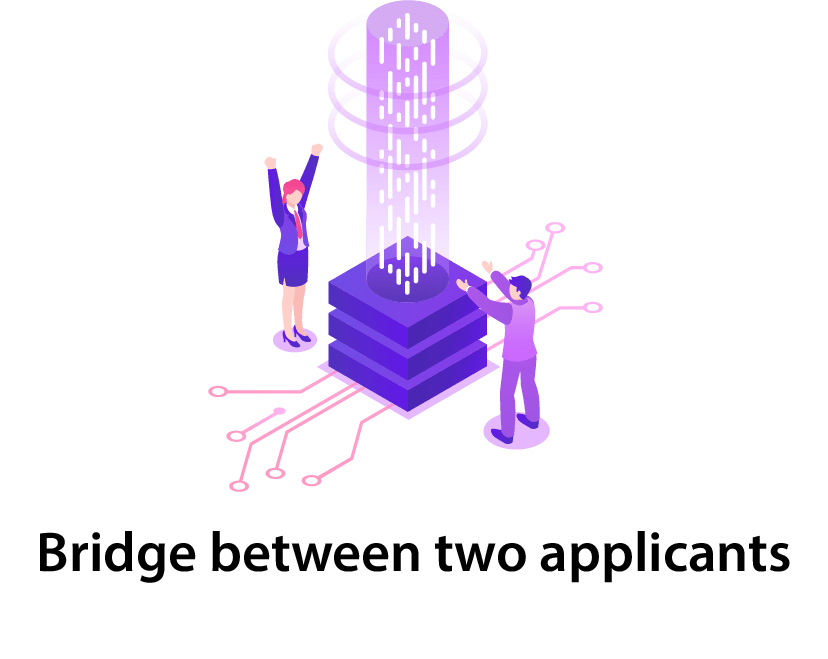
Enables integration of the application without using any special software.
Provides various functions to facilitate communication between different applications.
The HL7 interface engine has four modules: messaging, wiring, procedures, and quick parts.
How to implement HL7?
It focuses on the communication needs of patients, medical professionals, and administrative staff. Although not a clinical protocol, dtap is a popular messaging standard in the healthcare industry.
Why is HL7 important to the EHR?
It provides a framework for information sharing. However, the increasing use of electronic health records (EHRs) and other advanced medical imaging and management tools has dramatically increased the data that must be exchanged between healthcare systems and applications.
Because EHRs and other modern healthcare tools are only as valuable as the data they can exchange with other systems, healthcare organizations must have ways to transmit this data reliably.
HL7 protocol tutorial
The HL7 protocol was initially designed for use with either ACFs or DCFs. While HL7 does provide some support for multiple message types in a single message, it is not an actual multiple-message protocol.
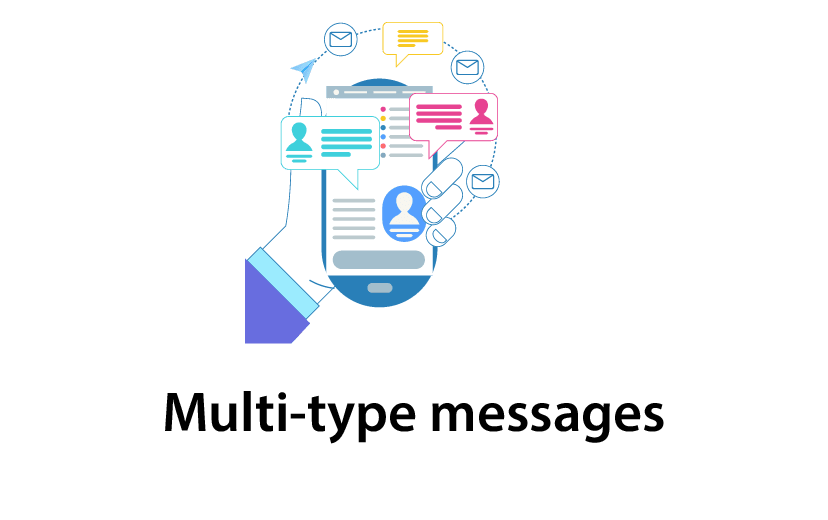
The HL7 protocol supports out-of-band information in the form of “subparts. “
What is HL7 protocol?
HL7 protocol is a standard that defines how electronic health information is collected, processed, and exchanged. It was developed and maintained by healthcare industry experts.
HL7 fhir data model
It is a markup language standard. The model was created to provide structure to health data while allowing for the addition of context-specific content.

HL7 Segment Guide
The HL7 standard defines capturing and transmitting data between different applications.
Accomplish this by defining a particular data type and a structure for data capture.
The HL7 segment standard is a method of packaging and communicating data about patient care.
Segments are grouped to form a message. The message is then encapsulated in an HL7 document, a collection of one or more letters.
HL7 CDA Tutorial
HL7 cda standard exchanges electronic health information between disparate clinical systems. It is a document-based protocol that’s made up of segments called messages. These segments are joined to create a document describing a patient’s visit.
The HL7 CDA standard is made up of segments called messages.
HL7 message types and segments
HL7 message types are grouped into segments. Each message type is assigned a unique segment identifier. When you use the HL7 interface to transmit messages, you define the message type in the Message ID field and specify the segment identifier in the Segment field.

HL7 message structure overview
HL7 defines a structure for every type of message.
An HL7 message consists of a group of segments in a particular sequence.
Each segment has a three-character identifier called an event type. Event types define the segment’s information and how it should be interpreted. An everyday use of HL7 is to integrate different healthcare systems.
HL7 oru message specification
It is based on the following conceptual model. HL7 messages are made up of segments in a defined sequence.
Each message type has a unique function; various components are combined to form additional message types.
HL7 oru message segments
HL7 messages are made up of segments in a specific sequence. Each message type has a different purpose.
HL7 oru message structure
The HL7 standards consist of a group of related documents that describe how to build clinical interfaces. The HL7 interface description language, or language, is used to describe the messaging patterns between HL7-compatible systems.
What are the best ways to learn HL7?
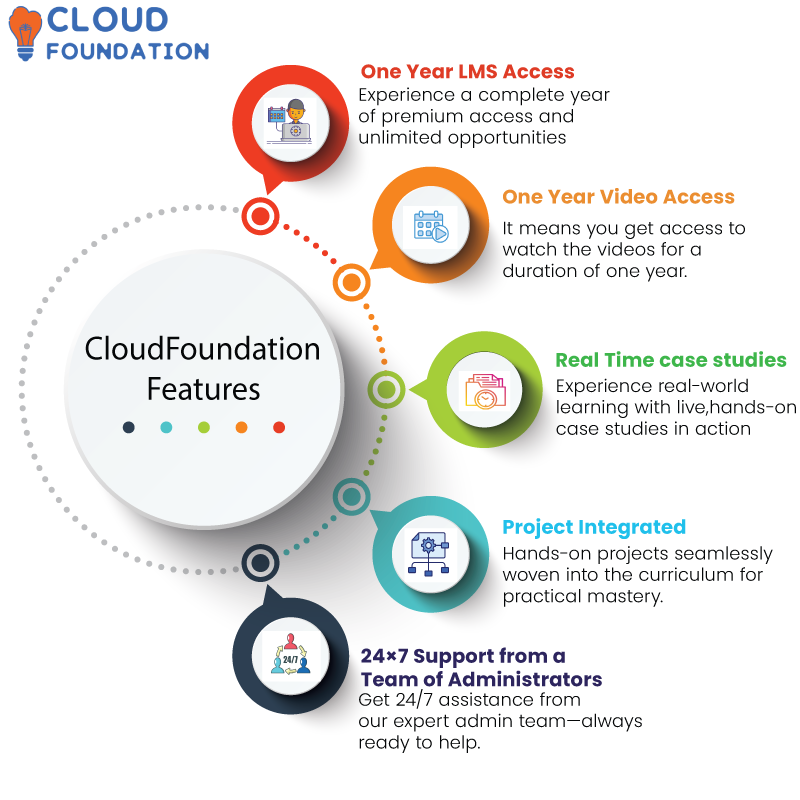
Take online classes. Online HL7 courses cover coding and implementation.
Study HL7- Documentation details the standard. This can teach HL7 fundamentals.
Online HL7 -Groups let you ask questions and obtain help from more experienced users.
HL7 conferences provide unique learning possibilities.
HL7 experts can teach you the ropes.
Video tutorials and weblogs about HL7 are among these resources.
At Cloud Foundation, you can take HL7 training in either self-paced or live, instructor-led format.

Tanya
Author



